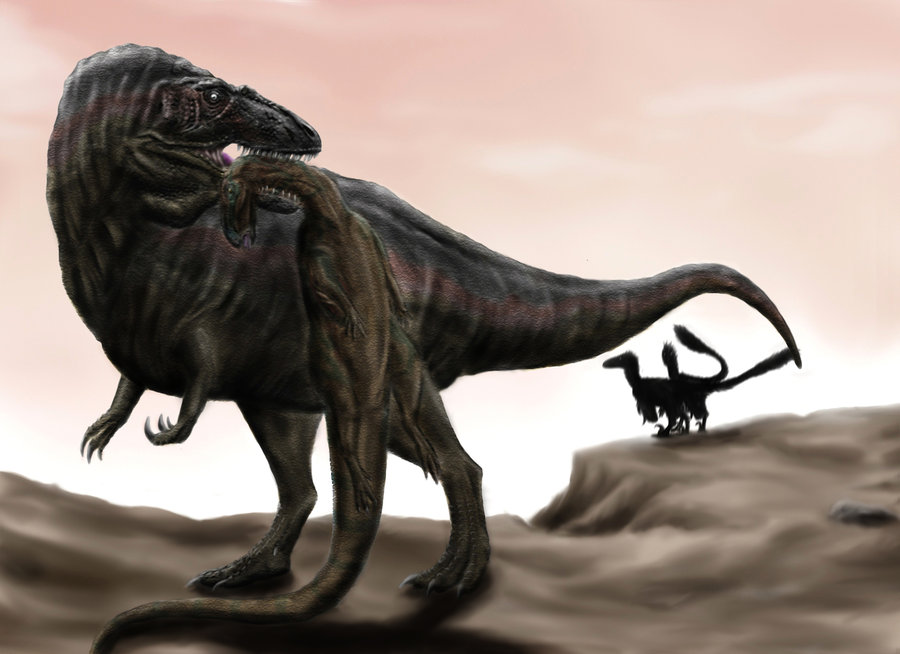When a new fossil discovery hits the headlines with terms like “missing link,” the scientific community often winces while the public’s imagination soars. The concept of missing links has captured our collective fascination for generations, promising to fill crucial gaps in our understanding of evolution. However, these claims frequently overstate the significance of individual fossils and misrepresent how evolution actually works. This article explores why “missing link” terminology and the associated hype can be problematic, how it distorts public understanding of paleontology, and what these fossil discoveries actually tell us about evolutionary history.
The Problematic Nature of the “Missing Link” Concept
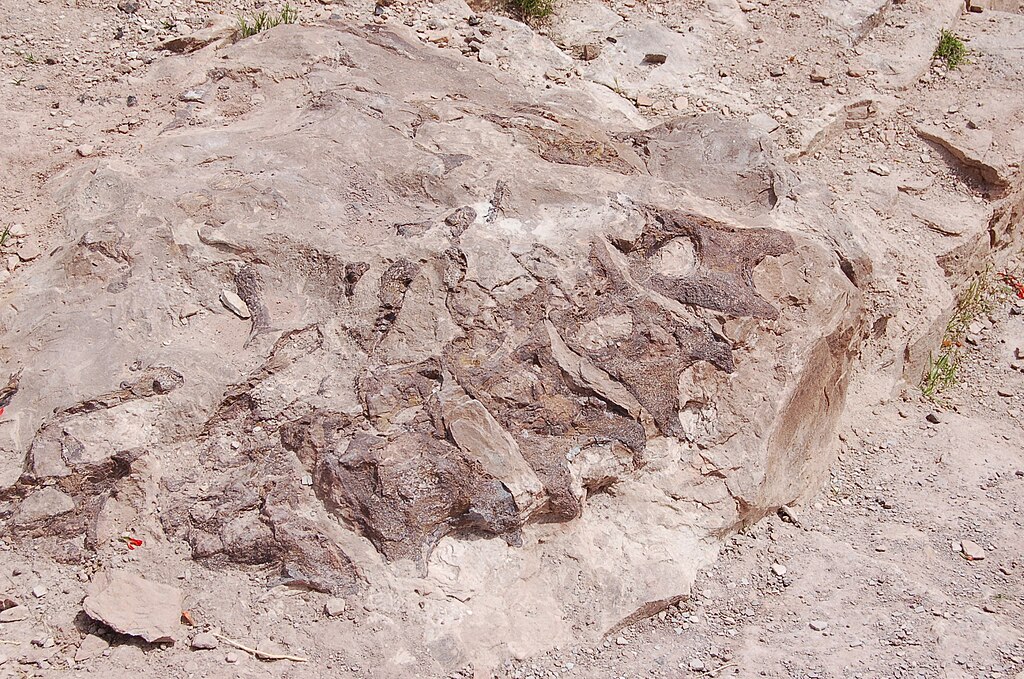
The term “missing link” emerged from early evolutionary theory when scientists conceptualized evolution as a linear chain of organisms, each connected to the next like links in a chain. This outdated metaphor suggests that evolution proceeds in a straight line with distinct gaps waiting to be filled. In reality, evolution is better represented as a densely branched bush or tree, with countless lineages diverging, adapting, and often going extinct. Each species represents not a link in a chain but a twig on this vast evolutionary tree. The very premise of looking for singular “missing links” fundamentally misunderstands the complex, branching nature of evolutionary relationships and creates artificial expectations about what fossil discoveries should represent.
Media Sensationalism and Scientific Communication

Media outlets frequently amplify the significance of fossil discoveries beyond what the scientific papers actually claim. A paleontologist might cautiously describe a specimen as “representing one of several transitional forms between groups,” but by the time this reaches news headlines, it transforms into “MISSING LINK FOUND!” This sensationalism stems partly from journalists seeking compelling headlines and partly from the challenge of conveying complex scientific concepts to general audiences. Additionally, research institutions and journals sometimes contribute to the hype in press releases, hoping to gain publicity for their work. This communication chain often results in distortions that overstate certainty and significance while underplaying the nuanced nature of the actual scientific interpretation of these fossils.
The Reality of Transitional Fossils

Rather than “missing links,” paleontologists prefer the term “transitional forms” to describe fossils showing intermediate characteristics between major groups. Importantly, these transitional fossils don’t represent direct ancestors but rather organisms with a mixture of traits that help illustrate evolutionary pathways. Every fossil species discovered is essentially a “side branch” rather than a direct ancestor, as the odds of finding the exact population that led to modern species are astronomically small. For example, Tiktaalik, often labeled a missing link between fish and tetrapods, possesses a fascinating mix of fish-like and tetrapod-like features, but isn’t necessarily a direct ancestor of all land vertebrates. Instead, it represents one of many similar transitional forms living during that evolutionary transition, showing us what adaptations were developing during this crucial period of vertebrate evolution.
The Case of Human Evolution Hype
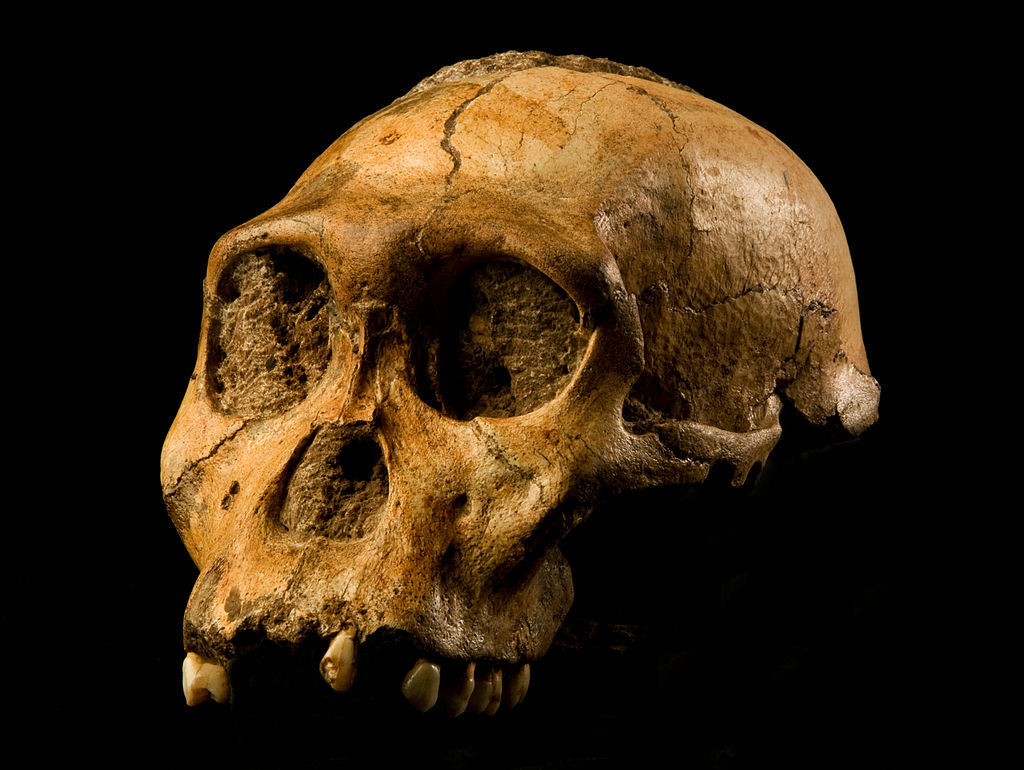
Perhaps nowhere is missing link terminology more pervasive and problematic than in human evolution research. When fossils like Australopithecus sediba or Homo naledi are discovered, they’re often portrayed as filling critical gaps in human ancestry. This creates a misleading impression of human evolution as a linear progression from ape-like creatures to modern humans. The reality is far more complex—human evolution resembles a branching bush with multiple hominin species coexisting at various times, many representing parallel experiments in adaptation rather than direct ancestors of Homo sapiens. Some of our closest extinct relatives, like Neanderthals, weren’t ancestors but rather cousins who shared a common ancestor with us hundreds of thousands of years ago. This complexity is frequently lost when discoveries are framed as missing links in a presumed chain leading directly to modern humans.
Why Single Specimens Rarely “Solve” Evolutionary Puzzles
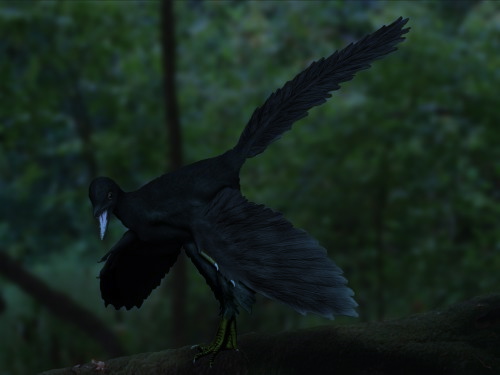
Major evolutionary transitions typically unfold over millions of years and involve countless organisms and populations adapting in response to changing environmental pressures. No single fossil, however impressive, can fully illuminate such a complex process. Take the evolution of birds from dinosaurs—this transition is understood not from one “missing link” fossil but from dozens of specimens showing a mosaic of changing features over time. Features like feathers, wishbones, and bird-like reproductive strategies appeared at different times in different lineages. Scientists need robust samples of multiple individuals from various times and places to confidently reconstruct evolutionary pathways. When a single specimen is heralded as “solving” an evolutionary puzzle, it almost invariably represents an oversimplification of both the evidence and the scientific process.
Funding Pressures and Scientific Hype

The competitive nature of research funding creates incentives for scientists to emphasize the groundbreaking significance of their discoveries. In a landscape where grant money and academic positions are scarce, researchers may feel pressure to frame their findings in the most impressive light possible. This reality can contribute to overstatement when describing new fossils to funding agencies, university press offices, and the media. Paleontologists often find themselves in a difficult position—balancing scientific accuracy against the need to generate interest in their work. Some researchers actively resist this pressure, while others may unconsciously adopt language that overstates significance. This systemic pressure is rarely acknowledged in discussions of scientific hype but represents a significant factor in why missing link claims proliferate despite being scientifically problematic.
How Taxonomy Complicates the Picture
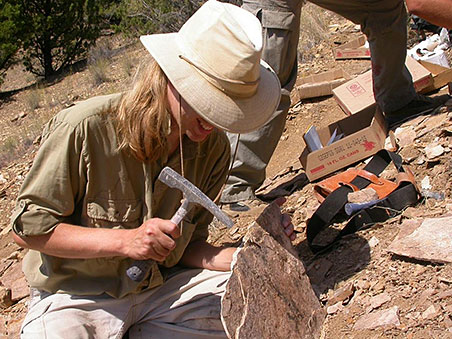
The scientific process of classifying organisms (taxonomy) often exacerbates the missing link problem by creating seemingly distinct categories that mask biological continuity. When scientists assign a new fossil to a species or genus, it can create an artificial impression of discrete evolutionary steps rather than continuous change. In reality, if we had a complete fossil record, we would see such gradual transitions that drawing lines between species would become nearly impossible. This classification challenge is exemplified by debates over whether Homo naledi belongs in our genus (Homo) or should be classified differently—such taxonomic decisions are necessary for scientific communication but can inadvertently reinforce notions of distinct “links” in evolution. The neat categories we create for scientific convenience often don’t reflect the messy, gradual nature of evolutionary change that produced these organisms.
The Fossil Record’s Inherent Limitations
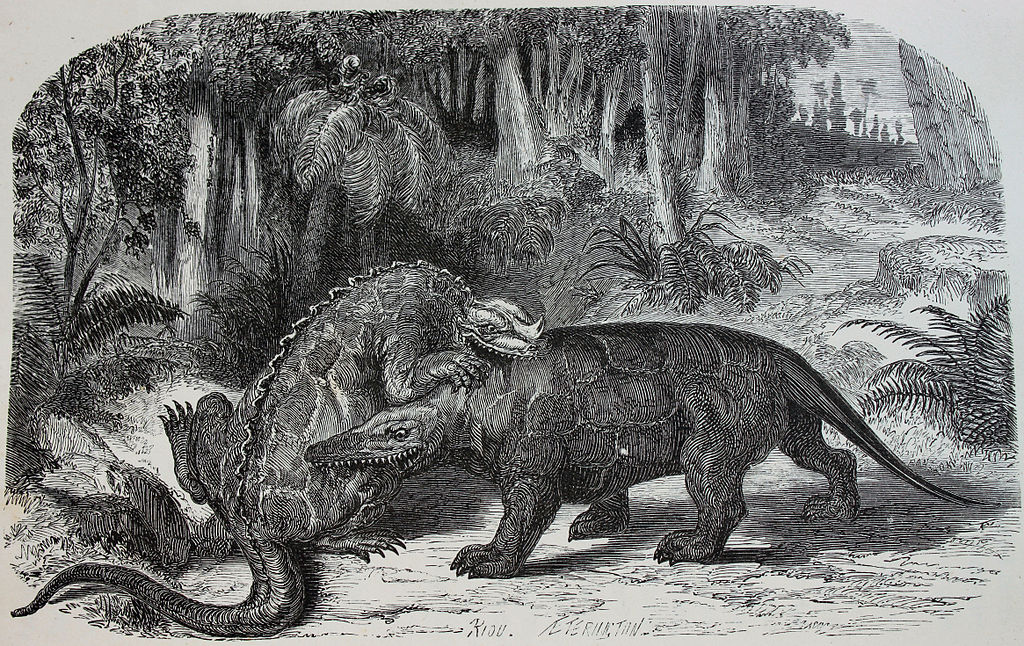
Fossilization itself is an extraordinarily rare event, requiring specific conditions for preservation that bias what enters the fossil record. Soft-bodied organisms rarely fossilize, and even hard parts like bones and shells must be buried quickly under particular conditions to form fossils. This means our view of past life is inherently incomplete, like trying to reconstruct a million-piece puzzle with only a few hundred random pieces. Each new fossil discovery adds valuable information, but no single find can compensate for the vast gaps in preservation. When a new fossil is hyped as a missing link, this fundamental limitation is rarely acknowledged. Most evolutionary transitions happened among populations that left few or no traces in the fossil record, making the concept of finding the “missing link” not just oversimplified but fundamentally unachievable given preservation biases.
Famous Cases of “Missing Link” Overstatement

History provides numerous examples of fossils whose significance was initially overstated. When Archaeopteryx was discovered in the 1860s, it was heralded as the perfect link between reptiles and birds, seemingly vindicating Darwin’s new theory. While it remains an important transitional fossil, subsequent discoveries have shown bird evolution to be far more complex than initially thought. Similarly, “Ida” (Darwinius masillae), a primate fossil unveiled in 2009, was promoted with extraordinary fanfare as a critical missing link in human evolution. The publicity included a book, documentary, and exclusive media deals—yet subsequent research revealed Ida belonged to a lineage that led to lemurs, not humans. Most recently, Homo naledi was presented with great excitement, but debates continue about where exactly it fits in the hominin family tree. These cases demonstrate how initial enthusiasm often outpaces scientific consensus, leading to claims that must later be walked back or significantly qualified.
The Political and Religious Dimensions
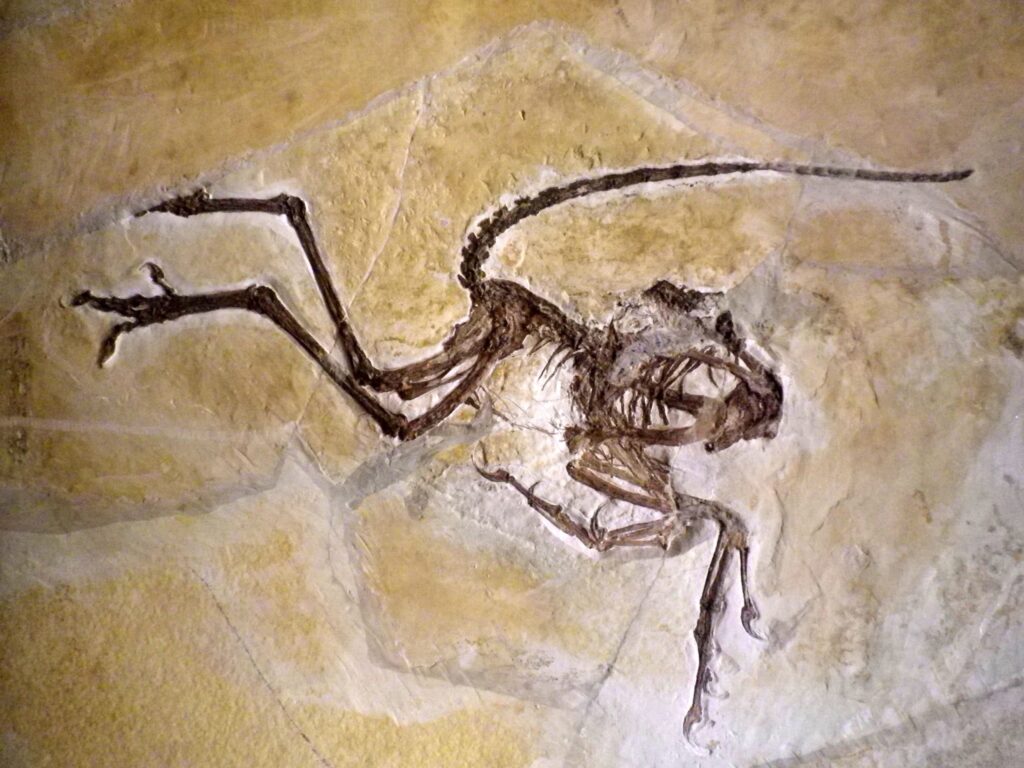
Missing link terminology carries additional baggage in societies where evolution remains politically and religiously contentious. In the United States and some other countries, the concept of missing links has become entangled with debates about teaching evolution, with creationists often demanding to see transitional fossils while simultaneously dismissing those that are presented. This political context creates incentives for both overhyping discoveries (to demonstrate evolution’s validity) and for dismissing their significance (to challenge evolutionary theory). The missing link framing inadvertently plays into creationist arguments by suggesting that evolution requires distinct “links” to be valid, rather than recognizing that every organism is transitional in some sense. This sociopolitical dimension adds another layer of complexity to how fossil discoveries are communicated and interpreted by different segments of society.
How Evolution Actually Works

The fundamental problem with missing link terminology is that it misrepresents evolutionary processes themselves. Evolution operates not through distinct jumps from one form to another but through cumulative changes in populations over time. Natural selection acts on existing variation, gradually shifting the prevalence of traits in response to environmental pressures. Major transitions happen through a series of intermediate steps, each beneficial in its own right—there’s no predetermined goal or direction. For instance, structures like feathers didn’t evolve “for” flight but were co-opted for that purpose after evolving for other reasons like insulation or display. Understanding evolution as a process of descent with modification through natural selection makes it clear why the missing link concept is inappropriate—it imposes a teleological view on a non-teleological process. Evolution doesn’t work toward filling “gaps” because from nature’s perspective, there are no gaps to fill.
Better Ways to Communicate Fossil Significance

Rather than framing discoveries as missing links, scientists and communicators can adopt more accurate language that better conveys evolutionary concepts. Describing fossils as “representing one of several transitional forms” or “illustrating aspects of an evolutionary transition” avoids implying singular importance while still highlighting significance. Visualizations that show branching evolutionary trees rather than linear progressions can help audiences grasp the true nature of evolutionary relationships. Explaining how each new fossil adds a data point to our understanding, rather than solving a puzzle, more accurately represents the scientific process. Some paleontologists have successfully adopted metaphors like “evolutionary experiments” or “mosaic evolution” that better capture how traits evolve at different rates across lineages. These alternative frameworks maintain excitement about new discoveries while avoiding the conceptual pitfalls of missing link terminology.
The Value of Fossils Beyond “Missing Links”
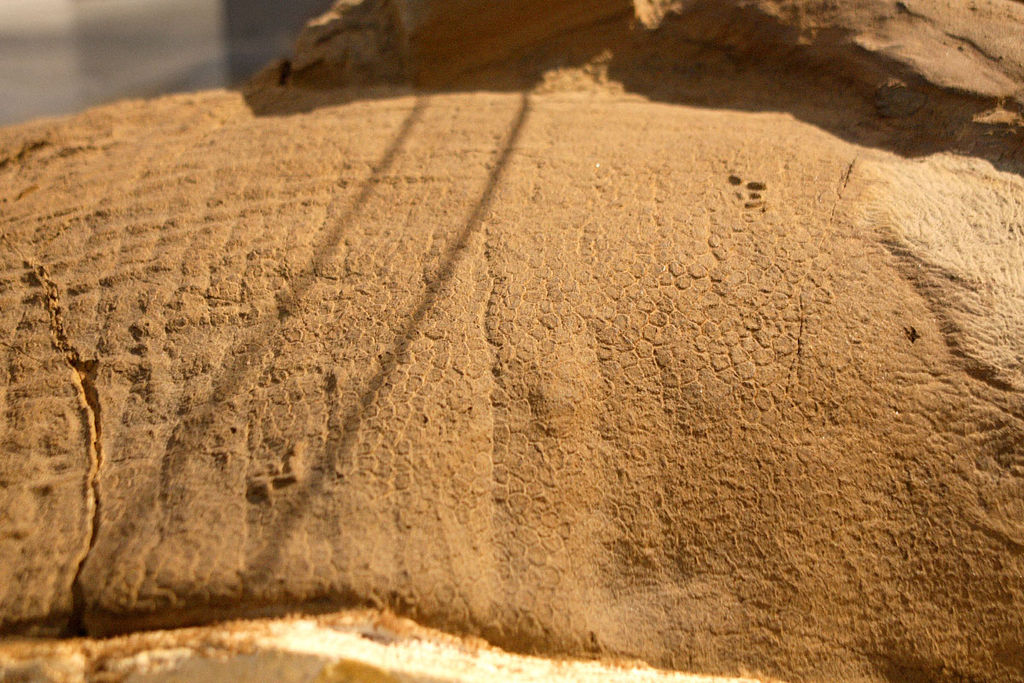
Fossil discoveries have tremendous scientific value independent of any “missing link” status. Each new find can reveal information about ancient ecosystems, geological conditions, climate change, extinction events, and countless other aspects of Earth’s history. A fossil’s importance might lie in preserving soft tissues rarely seen in the fossil record, representing a previously unknown species diversity, or extending the known geographical range of a group. For example, the recent discovery of dinosaur fossils in the Arctic reveals crucial information about these animals’ ability to survive in diverse climates. By focusing exclusively on a fossil’s status as a potential evolutionary link, we often overlook its broader contributions to paleontological knowledge. Most fossils tell us something valuable about past life, even if they don’t represent major evolutionary transitions or fit neatly into narratives about human ancestry.
Conclusion: Appreciating Fossils on Their Own Terms
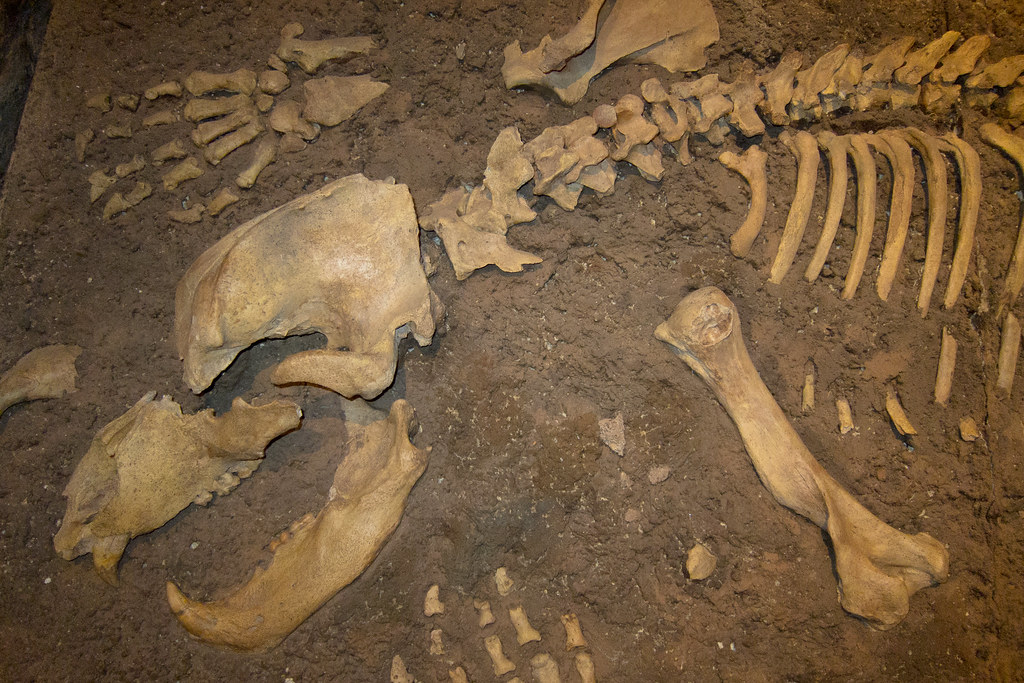
The persistent allure of “missing link” claims reflects our human desire for neat narratives and definitive answers about our evolutionary past. However, both science and nature resist such simplification. Each fossil discovery represents a glimpse into the incredible diversity of life that has inhabited our planet—organisms that lived, adapted, and often disappeared in response to ever-changing conditions. By moving beyond missing link terminology, we can appreciate these discoveries for what they truly are: windows into past worlds, pieces of an immense evolutionary puzzle, and testaments to life’s remarkable ability to diversify and adapt. The story of evolution is far richer and more complex than any chain of missing links could suggest—it’s a vast, branching narrative written in stone, waiting for us to decipher it with patience, precision, and appropriate scientific humility.


